Apple released iOS 16.1, which also brought support for the Matter standard. It is a new platform for connecting a smart home, enabling the cooperation of a wide range of accessories across ecosystems, i.e. not only Apple but also the Android world. Thread is then part of it.
Thread technology is specially developed for smart home applications to improve connectivity between accessories. Now HomeKit accessories can communicate not only using Wi-Fi or Bluetooth, but also using Thread. Devices that support it also have a separate label on their packaging that reads “Built on Thread". After the update, it will also be supported by a wide range of current devices that have Bluetooth.
The big difference with this technology is that Thread creates a mesh network. As part of this, lights, thermostats, sockets, sensors and other smart home products can communicate with each other without having to go through a central hub like a bridge. That's because Thread doesn't need one. If a single device in the chain fails, the data packets are simply forwarded to the next one in the network. In short: The network becomes more robust with each new Thread-enabled device.
It could be interest you
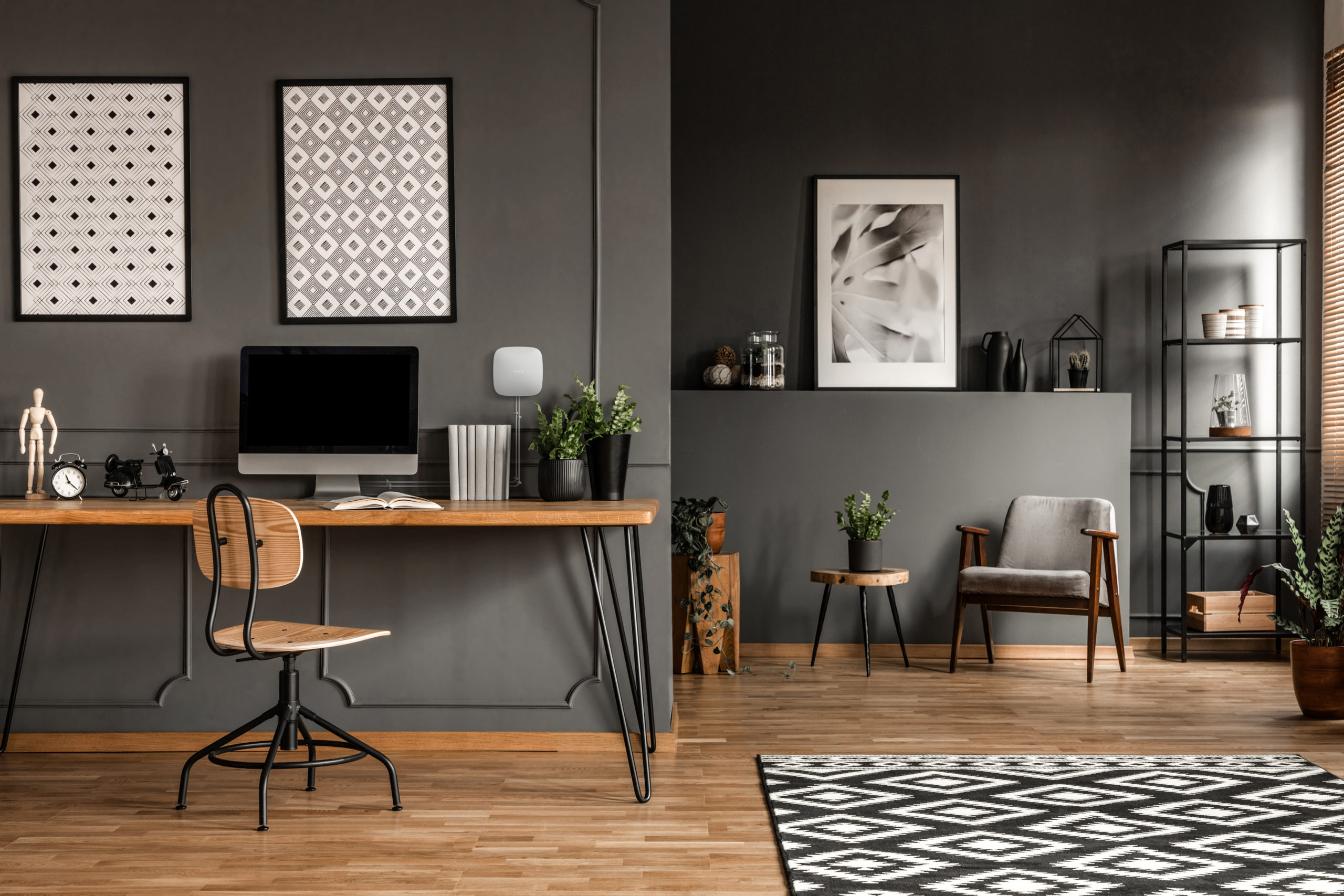
Clear advantages
Thus, Thread devices do not need a proprietary bridge to communicate with each other. All they need is a border router, which in the case of HomeKit via Thread is the HomePod mini or the new Apple TV 4K (only in the case of the version with higher storage). If one of your devices is out of reach of such a device, a network-powered device located somewhere in the middle of the road, which is always on, will connect it to the Thread network by itself, acting as its extended arm.
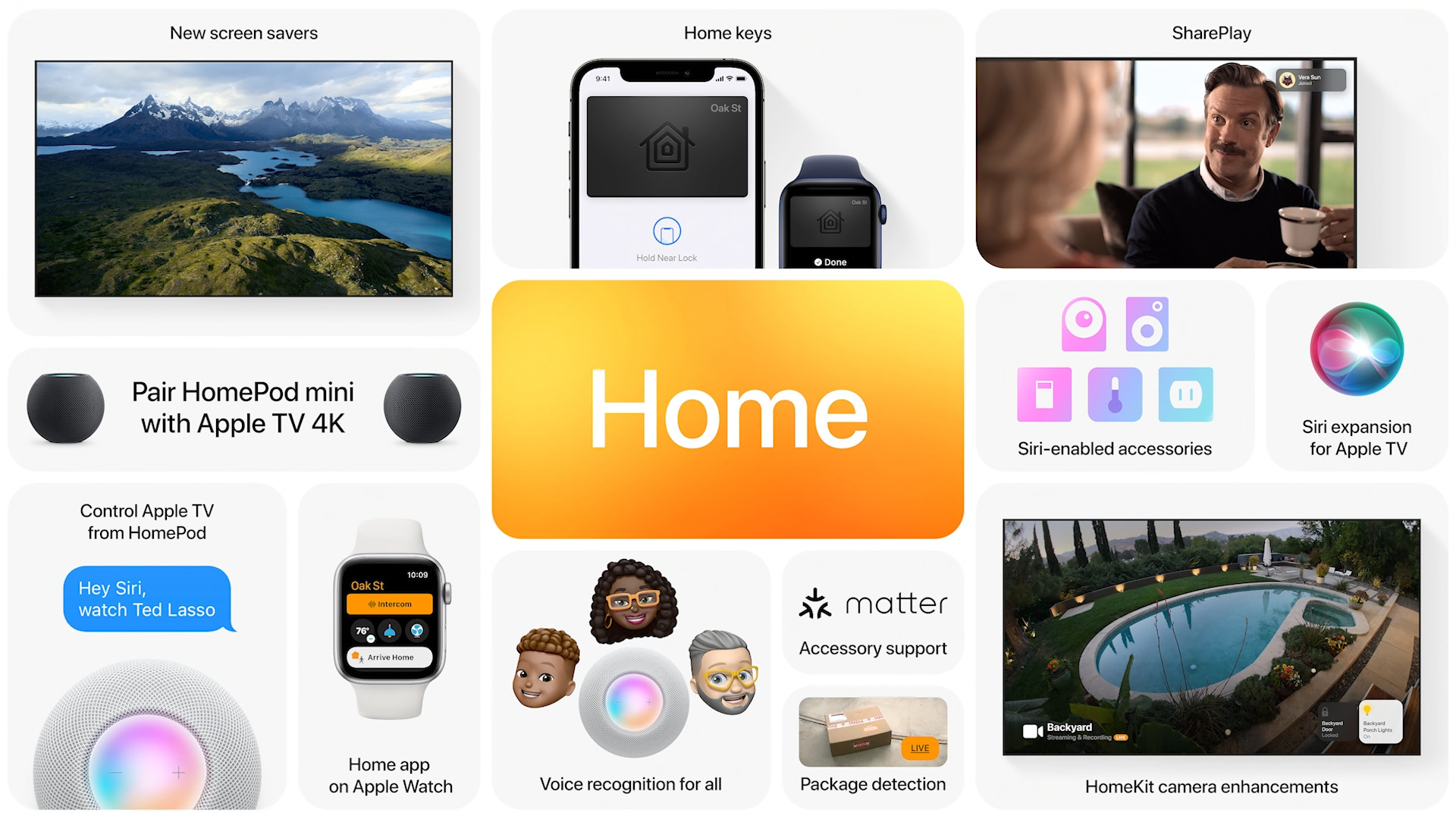
If one node or device in your Thread network fails for some reason, another will take over in its place in communicating with each other. This ensures a more robust infrastructure that is not dependent on every single product and grows with each added product. This is different from Wi-Fi networks and Bluetooth solutions, which become less reliable as the number of connections increases. In addition, the entire solution is extremely energy-efficient.
Everything is also fully automated, so if the device supports both Bluetooth and Thread, it will automatically select the second mentioned and more convenient standard, i.e. if you have a HomePod mini or an Apple TV 4K with Thread support at home. If you don't have either, the devices are connected via Bluetooth unless you use a hub/bridge. Nothing needs to be configured and that's the magic.


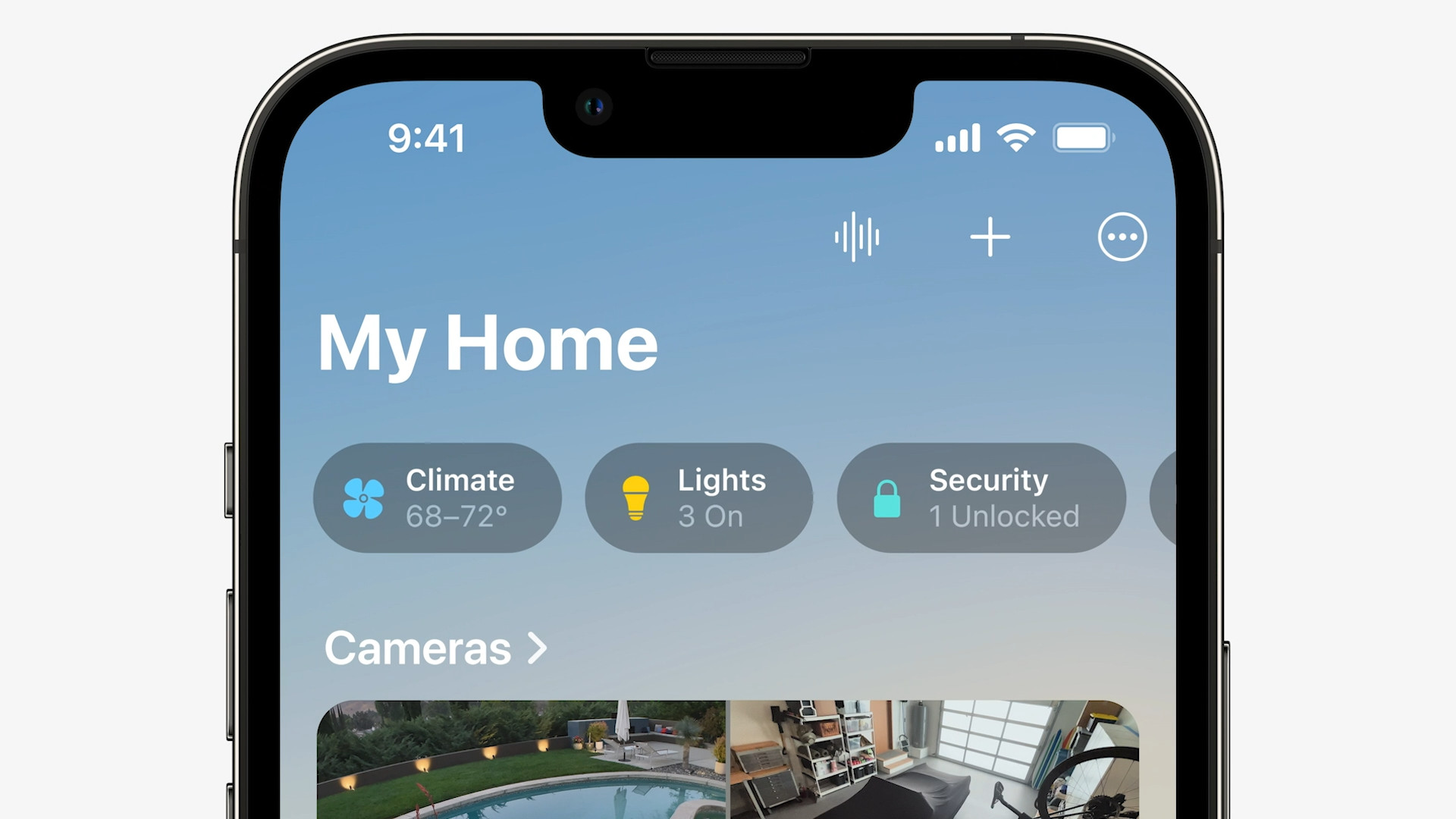
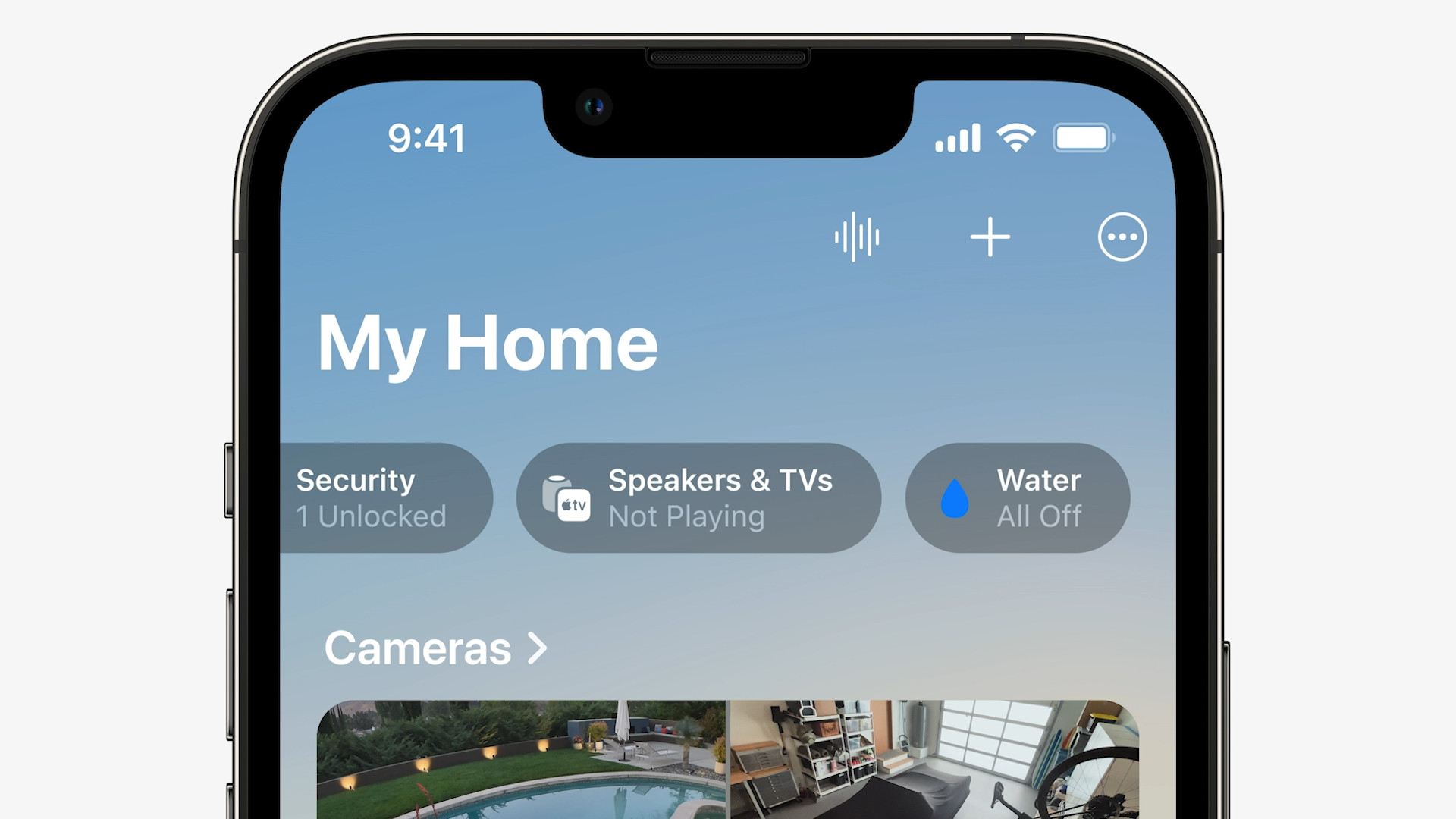
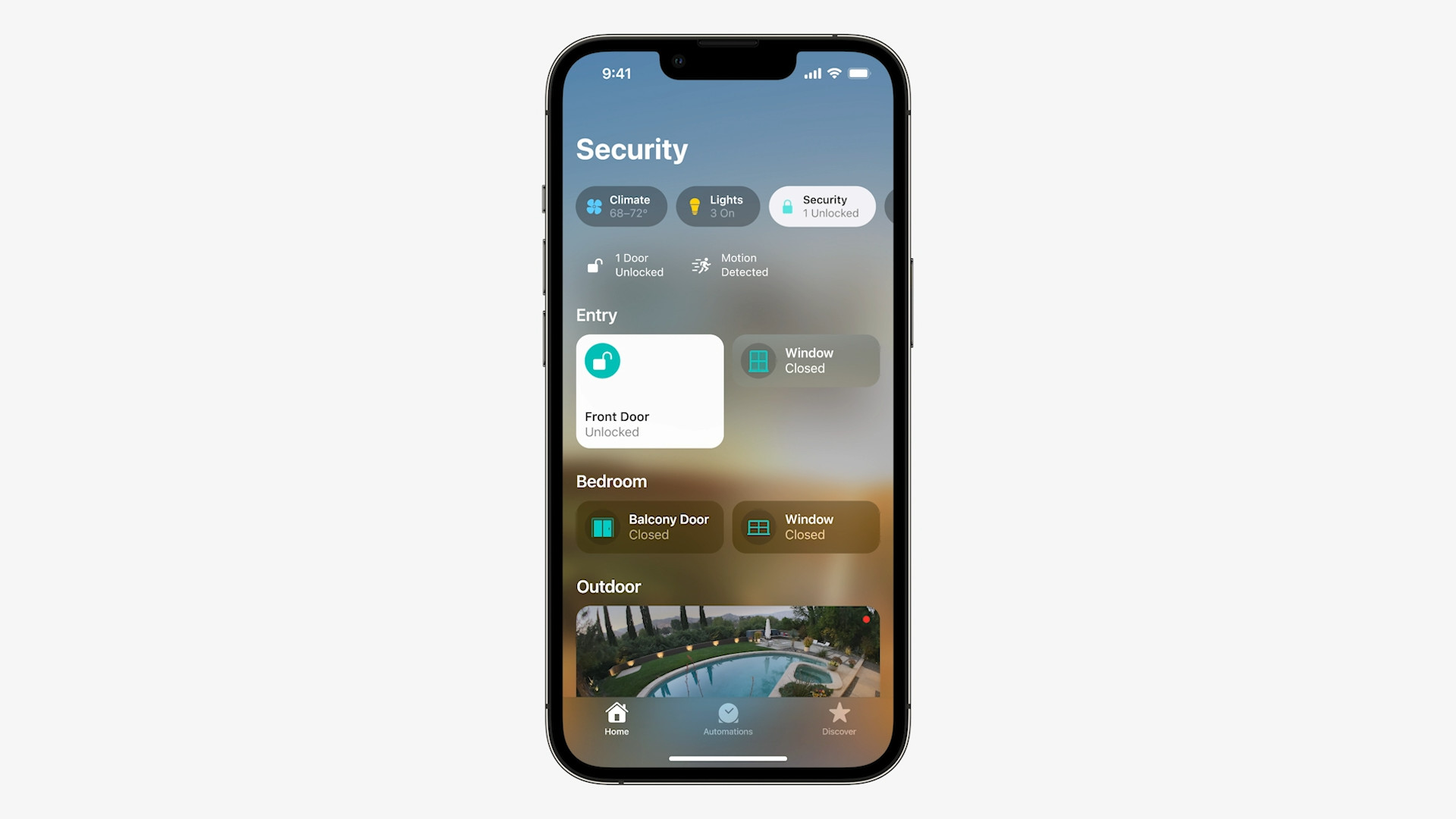
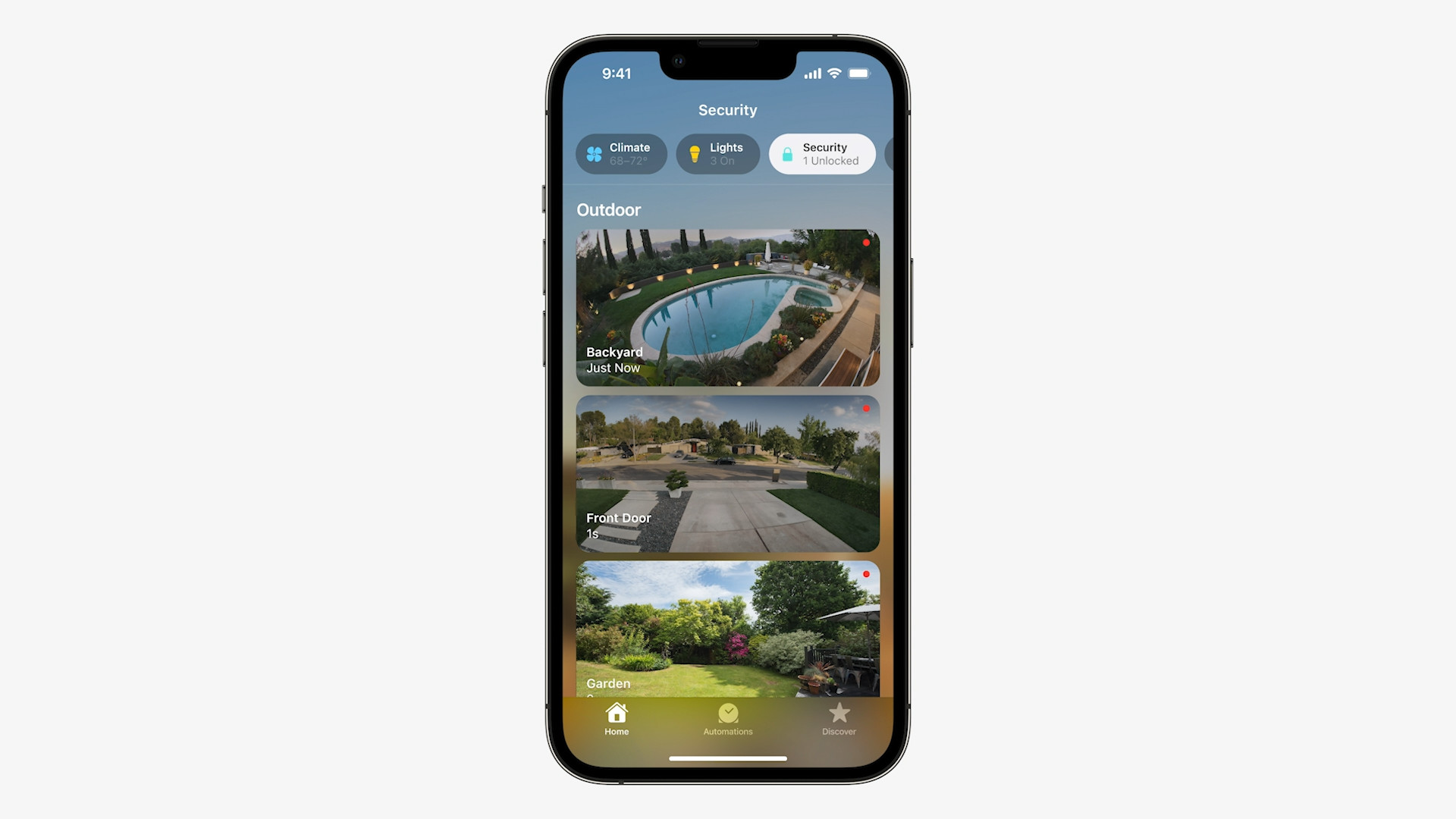
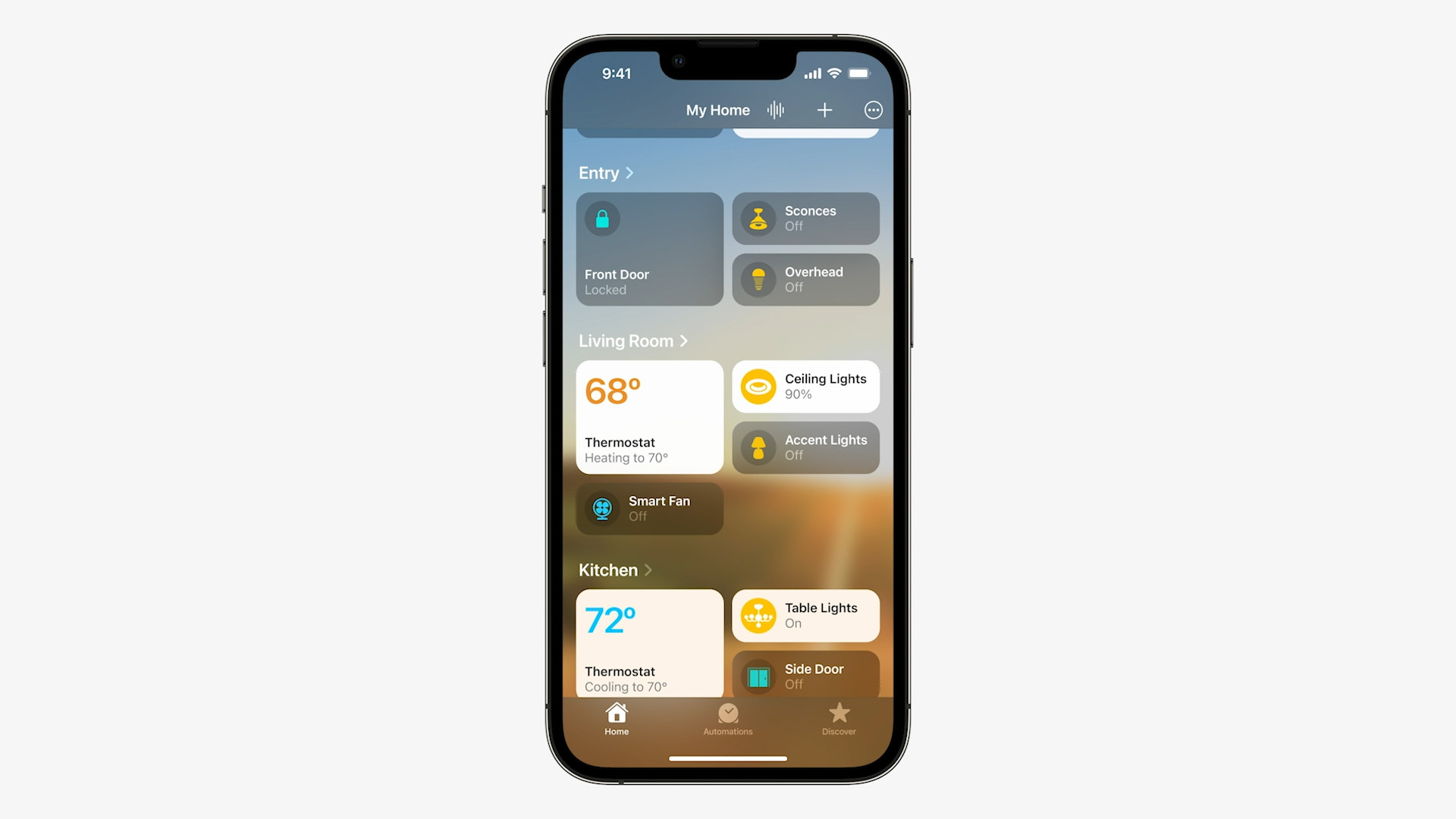
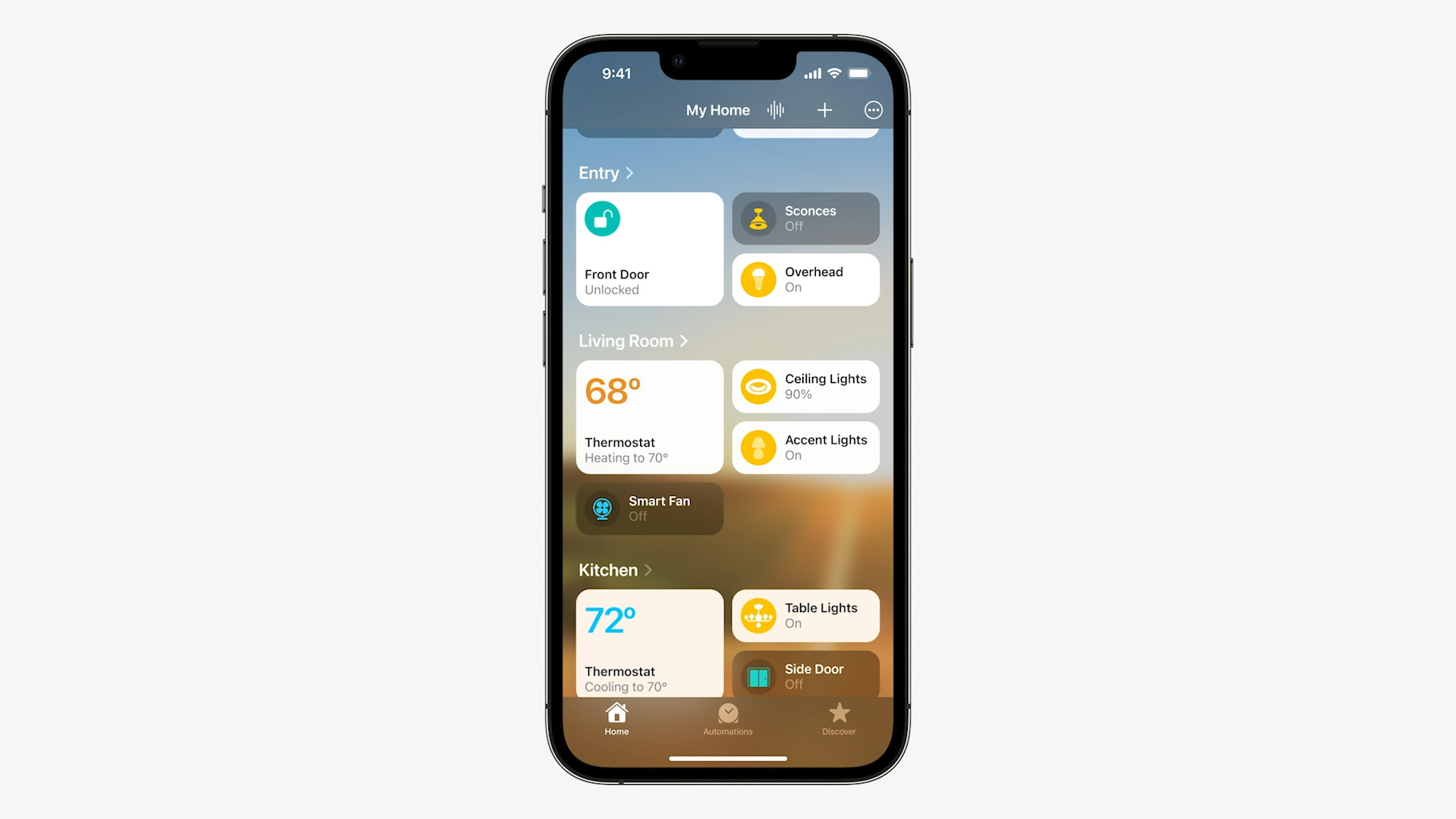

 Adam Kos
Adam Kos